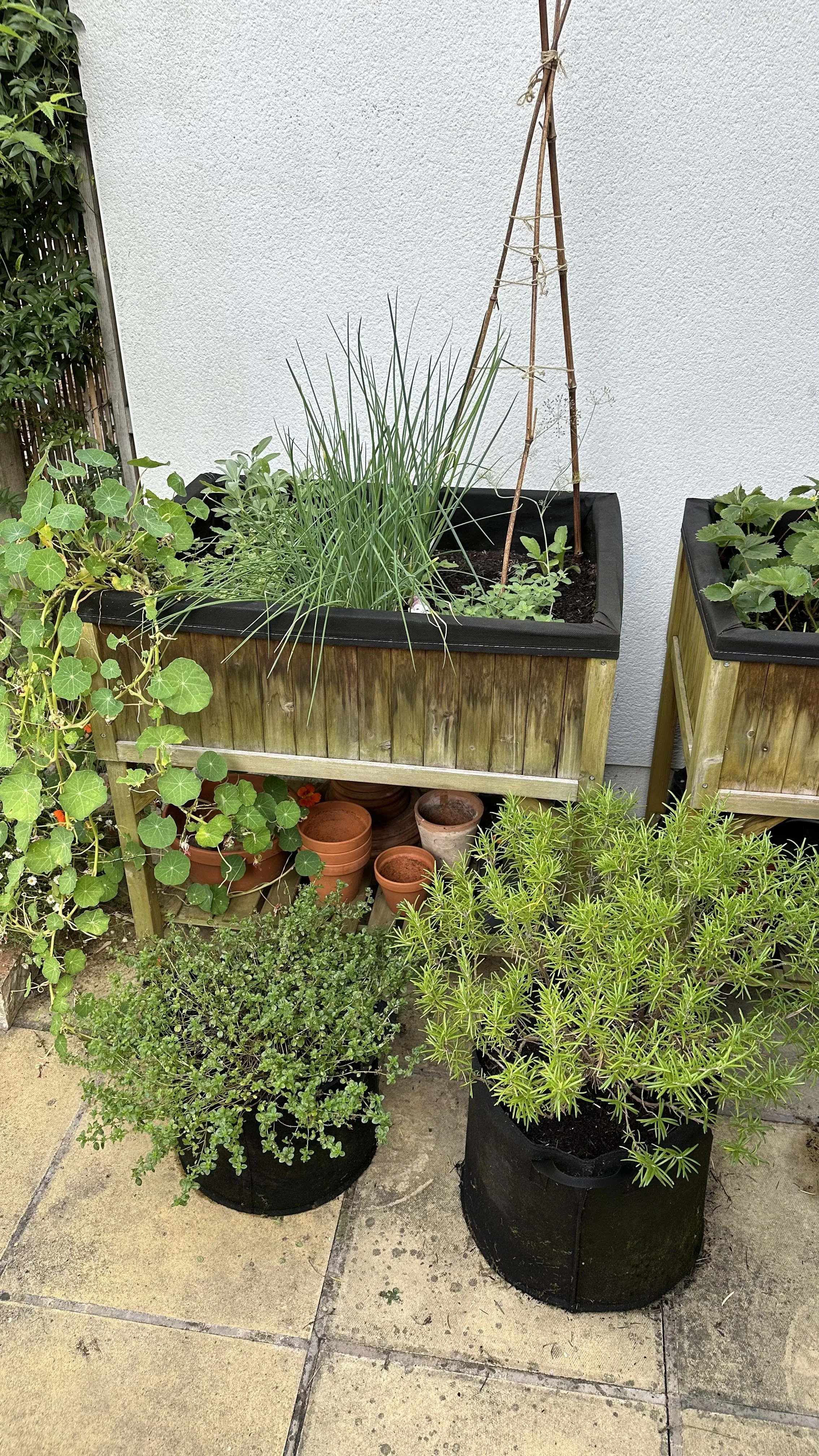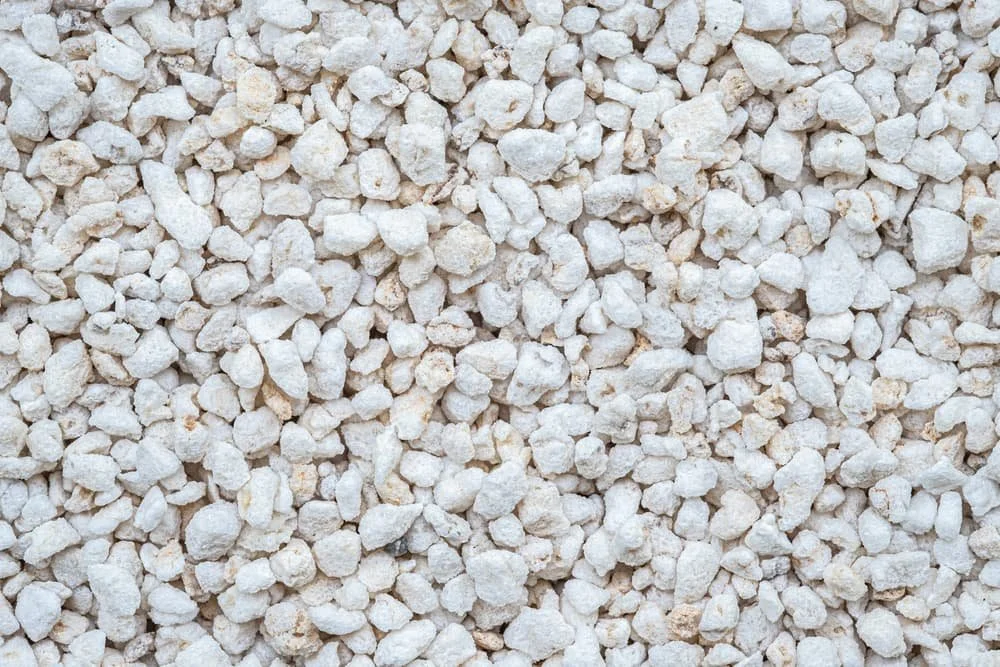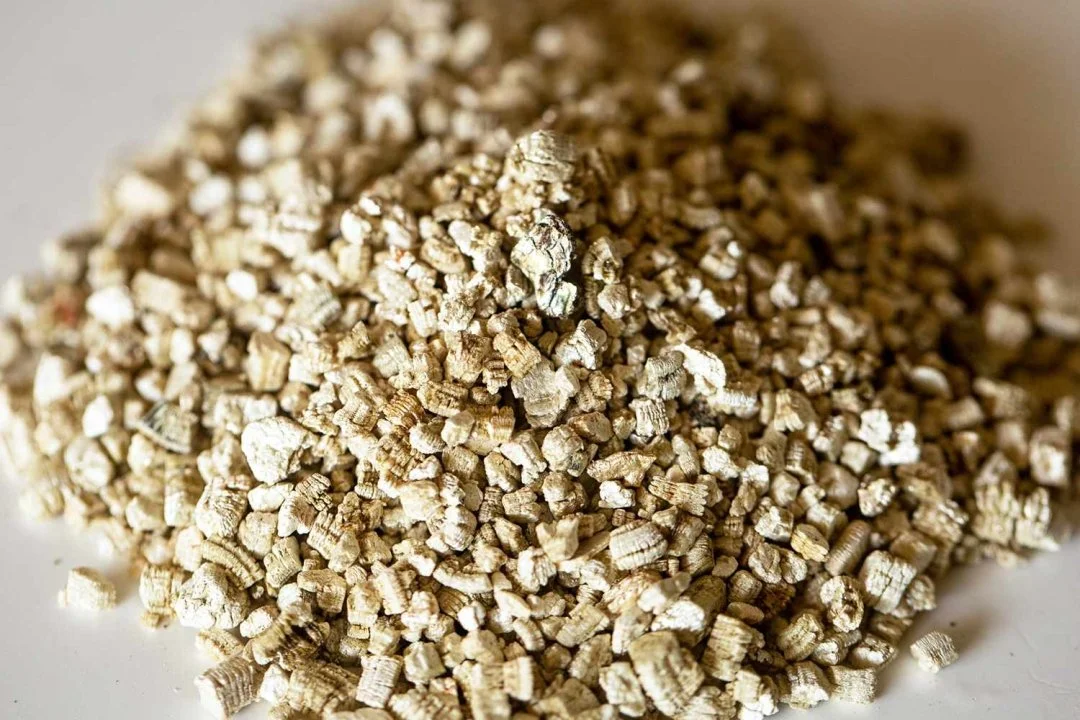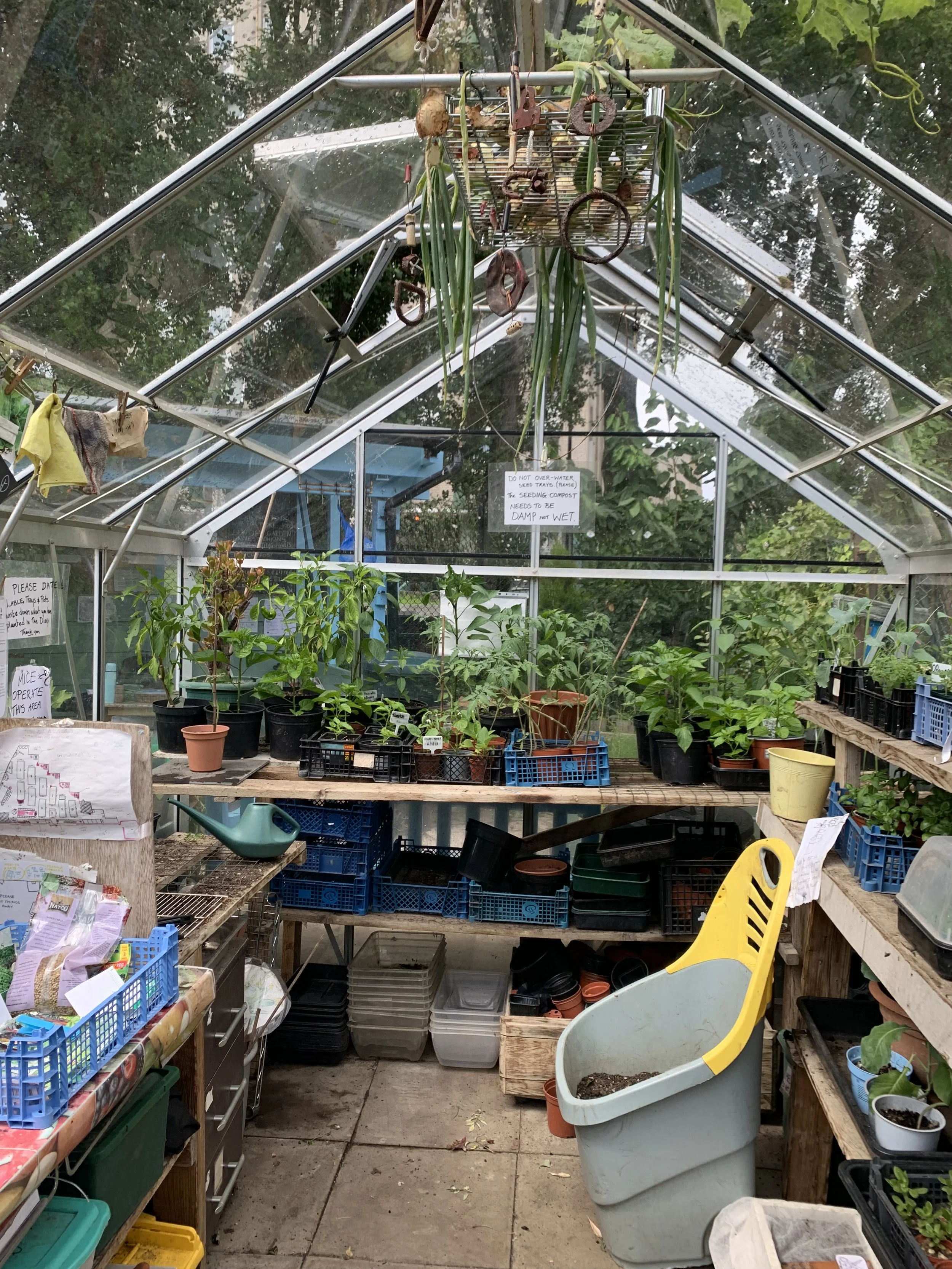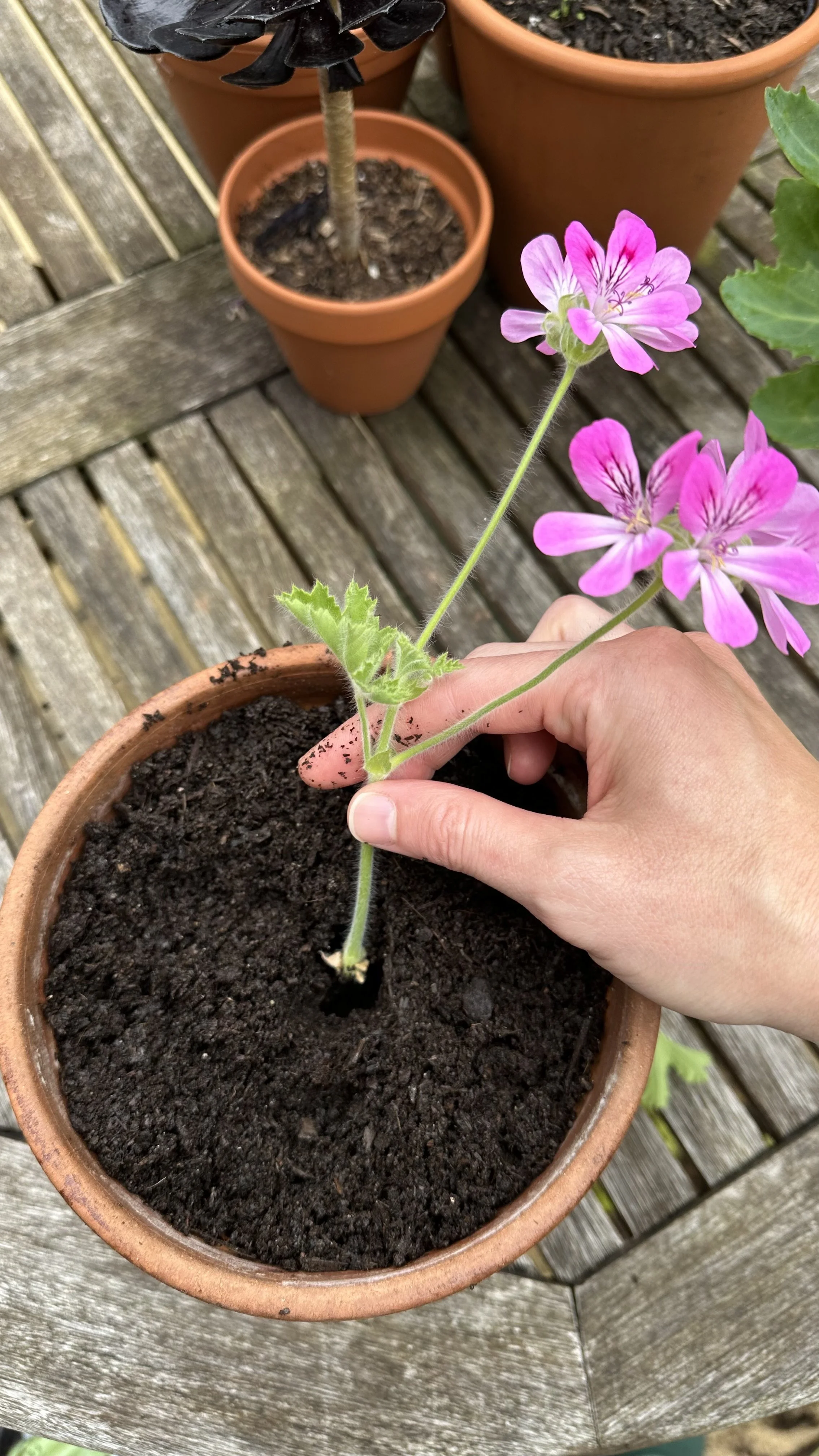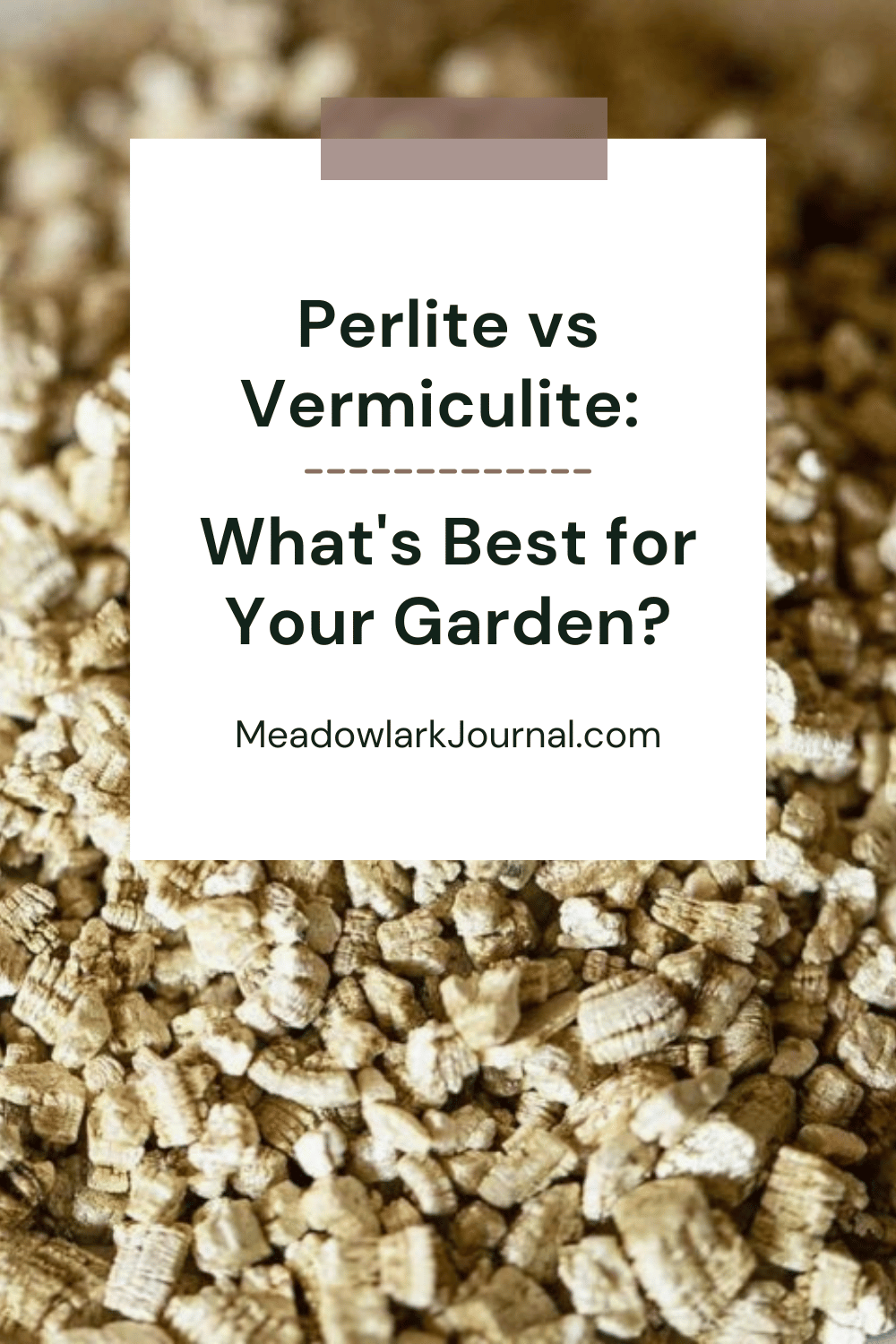Perlite vs Vermiculite: What's Best for Your Garden?
This website is reader-supported - thank you! This post may contain affiliate links. As an Amazon Associate, I earn from qualifying purchases at no extra cost to you.
If you've ever found yourself wandering through the aisles of a garden center, confused by all the choices for soil amendments, you're not alone.
Two that you will likely see the most often are perlite and vermiculite.
Though they may appear similar at first glance, understanding the differences between perlite and vermiculite can significantly impact the health of your plants.
Today, we're going to unravel the mystery surrounding perlite vs vermiculite—what they are, how they differ, and when to use each to maximize your gardening success.
For more growing tips, check out my guides:
Understanding Perlite and Vermiculite
While they may look somewhat similar, perlite and vermiculite have several key differences.
What is Perlite made of?
Perlite is derived from a naturally occurring volcanic glass that contains a small percentage of water within the mineral structure.
When this glass is heated to a high temperature (about 850-900 degrees Celsius), the water vaporizes and causes the structure of the material to expand.
This expansion creates numerous air pockets and transforms the rock into small, white particles that are lightweight and porous.
Key Properties of Perlite:
Lightweight:
Makes handling easy and does not compact over time, ensuring the soil remains loose and airy.
Porous:
Has a high porosity which provides air spaces in the soil, promoting good air circulation around the roots of plants.
Neutral pH:
Does not contribute acidity or alkalinity to the soil.
Sterile:
Free from disease, weeds, and pests.
Inert:
Does not decompose or break down over time, maintaining consistent soil quality.
Common Uses for perlite:
Improving Soil Structure:
Perlite is used to break up compacted soil, allowing for better water drainage and root penetration.
Propagation and Hydroponics:
Excellent for rooting cuttings due to its sterility and aeration properties.
To learn more about taking cuttings, check out my guide: How to Take Lavender Cuttings: A Step-by-step Guide.
Potting Mixes:
Frequently added to potting soils for container plants to prevent soil compaction and promote root growth.
What is Vermiculite?
Vermiculite originates from a group of hydrated laminar minerals that are similar to mica.
It is processed through heating at high temperatures which leads to expansion into lightweight, absorbent, golden-brown flakes.
Vermiculite can absorb water and nutrients up to several times its own weight, making it a useful additive for moisture retention in soils.
Key Properties of vermiculite:
Moisture Retention:
Capable of holding water and nutrients which it then slowly releases to the plant roots.
Good Insulator:
Helps to moderate soil temperature fluctuations which is particularly beneficial for seed germination and young plants.
Non-Toxic and Sterile:
Like perlite, it is disease, weed, and pest-free.
pH Neutral:
Generally does not alter the pH balance of the garden soil.
Common Uses for vermiculite:
Seed Starting:
Its water-retaining properties make it ideal for germination mixes.
Learn more about seed starting, with my guide: The Best Seed Starting Mix.
Soil Amendment:
Helps retain water and nutrients in raised beds and is especially useful in sandy soils or during drought conditions.
Transplants:
Used around root balls when transplanting to reduce shock and maintain moisture.
Potting Soil Component:
Often used in formulas for potted plants to help soil retain moisture and stay hydrated.
While perlite is invaluable for enhancing drainage and aeration in fast-draining mixes needed by succulents and cacti, vermiculite is preferable for moisture-loving plants and in applications where water retention is beneficial, such as seed germination.
For more growing tips, check out my guides:
Perlite.
Key Uses for perlite and vermiculite
Perlite and vermiculite are often discussed together due to their common use as soil amendments.
However, their properties cater to distinct use cases in plant care.
Drainage vs. Water Retention
Perlite:
Enhances drainage, ensuring that excess water easily flows through the soil, preventing waterlogging.
Ideal for plants that are susceptible to root rot or fungal diseases from excess moisture, such as succulents, orchids, and cacti.
Best used in heavy, clay soils that struggle with drainage. Perlite's light, airy particles help to break up dense materials, facilitating better air and water flow.
Here is the perlite I recommend:
Vermiculite:
Increases water retention, absorbing water and slowly releasing it back to the plant roots as needed.
Ideal for moisture-loving plants like ferns and tropical plants, and for germinating seeds which require consistent moisture levels.
Very effective in sandy soils that naturally drain quickly and struggle to retain moisture and nutrients.
Here is the vermiculite I recommend:
Insulation Properties
Perlite:
Although not primarily used for insulation, perlite’s air pockets do provide some thermal protection to soil.
It prevents extreme temperature fluctuations that could damage plant roots, particularly in container gardening.
Vermiculite:
Excellent insulator.
It helps maintain a uniform temperature within the soil, protecting roots from harsh temperature swings and enhancing germination and growth in cooler temperatures.
Cost and Application
Perlite:
Generally cheaper and more widely available than vermiculite.
Its ability to be used across a broader range of plants and conditions makes it a versatile and economical choice for gardeners.
Because it can cause dust that might irritate the nose and lungs, it’s advised to moisten perlite before mixing it into your soil.
Vermiculite:
Typically more expensive due to its superior water and nutrient retention capabilities.
Vermiculite is heavier and can compact over time, so it should be used judiciously in situations where moisture retention is critical.
It is particularly useful in creating seed starting mixes or potting mixes for plants needing more consistent moisture.
Quick Tips
In my own gardening practices, I adjust the ratios of perlite and vermiculite based on seasonal changes and specific plant needs.
For instance, during the wet season, I increase the proportion of perlite in my potting mixes to counteract the increased rainfall, while in drier times, I boost the amount of vermiculite to help the soil hold more water.
For more growing tips, check out my guides:
Vermiculite.
Environmental Impact and Sustainability of perlite and vermiculite
It’s important to consider not just the benefits of gardening additives like perlite and vermiculite, but also their environmental footprint.
Here we'll dive into the sustainability aspects of these materials and explore greener alternatives.
Perlite:
Extraction and Processing:
Perlite is mined using open-pit methods, which significantly disturbs the land.
The expansion process also requires high temperatures, which means considerable energy use and associated carbon emissions.
Sustainability Prospects:
While the mining impact is notable, perlite is a non-organic, inert material that does not decompose, reducing the need for frequent replacement.
Its lightweight nature also lowers transportation emissions compared to heavier soil amendments.
Vermiculite:
Extraction and Environmental Concerns:
Similar to perlite, vermiculite is mined, which can degrade ecosystems.
Use and Longevity:
Vermiculite has excellent water retention, which can reduce the frequency of water application needed in gardens and thus contribute to water conservation efforts.
Like perlite, its durability means it doesn’t need to be replaced often, reducing its overall environmental impact.
Eco-Friendly Alternatives:
Coconut Coir:
A by-product of the coconut industry, coir is renewable and decomposes into a nutrient-rich material that benefits soil health, making it a good alternative for both moisture retention and aeration.
With everything, its important to consider transportation distance as part of your purchase decision to reduce carbon footprint.
Here is the coconut coir I recommend:
Rice Hulls:
These are another by-product, this time from rice milling, and offer similar drainage capabilities as perlite.
They are biodegradable, turning into compost after serving their purpose in the garden.
Here are the rice hulls I recommend:
Promoting Sustainable Practices
To minimize the ecological impact of your gardening:
Source Responsibly:
Choose perlite and vermiculite from suppliers who commit to responsible mining practices and consider the transportation distance as part of your purchase decision to reduce carbon footprint.
Use Alternatives Where Possible:
Experiment with sustainable alternatives like coconut coir or rice hulls to find the best mix for your gardening needs.
Reduce, Reuse, Recycle:
Incorporate practices such as composting to enrich the soil naturally and reduce reliance on mined materials.
Check out my guide How to Start Composting in a Tumbler.
Quick FAQs
Can you use perlite and vermiculite together?
Yes, combining perlite and vermiculite in potting mixes can be highly beneficial, as it harnesses the strengths of both.
Perlite's ability to improve drainage and aeration complements vermiculite's capacity for moisture retention.
This synergy is great for creating a growing medium suitable for a wide range of plants.
For general use, a mix containing about 25% perlite and 25% vermiculite with 50% base potting soil can provide a balanced medium.
How much perlite or vermiculite should I add to my potting soil?
The amount of perlite or vermiculite you should add can vary depending on the type of plants you are growing and their drainage needs:
For Perlite:
Adding 10-40% perlite to the potting mix works well for most plants.
For plants that require exceptionally well-draining soil, like succulents, up to 50% perlite can be used.
For Vermiculite:
For plants that need moist conditions, adding 20-50% vermiculite can help maintain necessary moisture levels.
When starting seeds, a higher proportion of vermiculite (up to 50%) can be beneficial to ensure seeds remain damp.
What plants don't like perlite?
Plants that thrive in consistently moist soil may not benefit from perlite, as it enhances soil drainage and can lead to drier conditions.
These include:
Mosses and ferns that prefer damp habitats.
Water-loving vegetables like celery and lettuce, which may struggle if the soil dries out quickly.
Seedlings of most species, which require moist soil to germinate effectively and might find the fast-draining properties of perlite challenging.
Is perlite or vermiculite better for cuttings?
Vermiculite is generally better for rooting cuttings because of its ability to retain moisture around the root zone, which is crucial for new root development.
Perlite can also be used for cuttings but is typically preferred for plants that require more air space and less moisture around the roots.
Combining both in a rooting medium can provide the perfect balance between aeration and moisture, supporting root growth.
Understanding the uses of perlite and vermiculite, both naturally occurring minerals, is essential for anyone looking to optimize their plant care and soil health.
While perlite doesn’t hold moisture well, making it perfect for plants that thrive in well-aerated and dry soils, it does an excellent job in providing the necessary drainage and air space that helps prevent issues like root rot and fungal diseases.
On the other hand, vermiculite's capacity to retain water makes it an invaluable component for moisture-loving plants and for the successful initiation of seedlings.
Additionally, both of these amendments play a crucial role in pest control by maintaining healthy soil conditions and preventing the stagnation that can lead to pest infestations.
Whether you use perlite, vermiculite, or a combination of the two, you are taking significant steps towards creating a productive environment that supports robust plant growth.
Embrace the qualities of these remarkable minerals to bring out the best in your organic garden.
Pin this post to save it for later!
